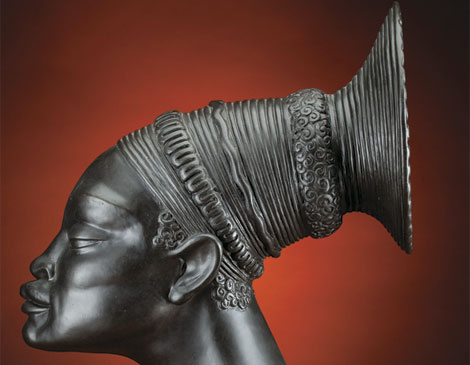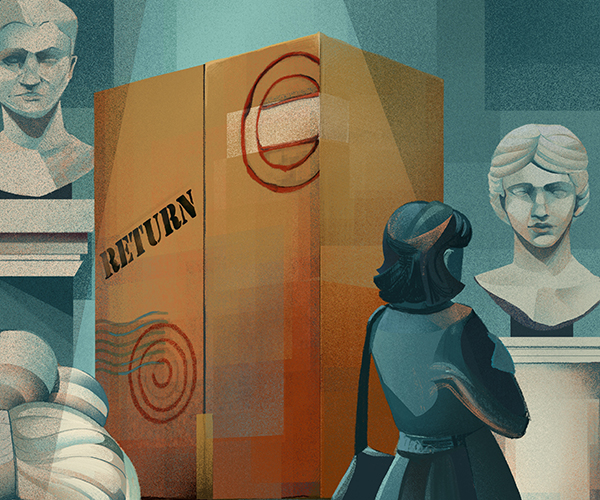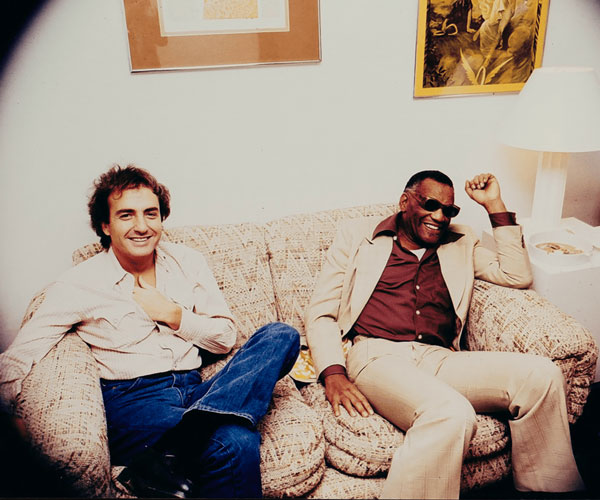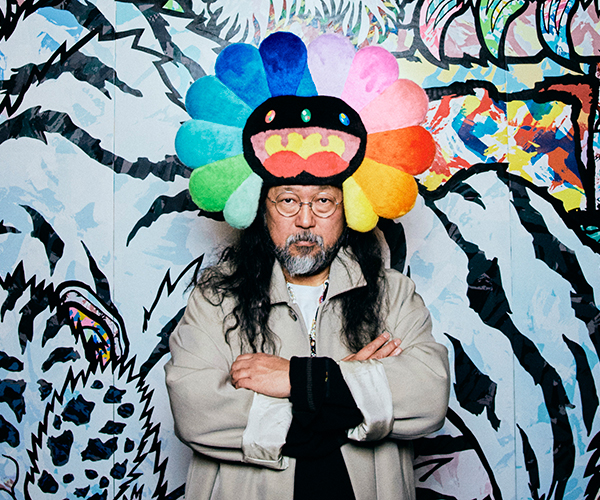The toy showcases Schreckengost's fun spirit. A collector himself, he loved playing with and examining how toys worked. "He was just really good at figuring out how to appeal to kids' imagination," Berardi says.

Time Capsule
Take a piece of art history home from a Viktor Schreckengost auction.
Viktor Schreckengost was the most democratic of designers. Whether it was his Beverly Hills metal-stamped lawn chair or a steerable red Mercury wagon, the artist and industrial designer created with function first, and beauty and affordability a close second. "He was able to make so many improvements in so many things Americans use every day," says Marianne Berardi, senior fine art expert at Heritage Auctions. Now, you can own a part of that legacy by bidding in a May 13 auction. Although a Schreckengost museum never came to fruition, his family is talking to local institutions about placing his work. A showcase of his diverse contributions, the auction features 152 lots including sculptures such as the acclaimed Jeddu (pictured), his iconic child's pedal pursuit plane and never-before-sold drawings. "It was also an opportunity in a way to have almost another exhibition," Berardi says. "The selection was almost all of the genres of Viktor's work throughout his life." fineart.ha.com
VIKTORY PARTY
He's been called the Father of American Industrial Design. Now you can own one of these Viktor Schreckengost pieces
with the live May 13 auction in Dallas and open bidding at fineart.ha.com.
Studio Window, 1947
Estimated value: $6,000-$8,000
While in the U.S. Navy, Schreckengost concentrated on watercolor painting. The explosion of color in this piece marks a shift at the end of his service. "It's basically his return to making pottery because what you've got is a shelf full of plants in pots," says Marianne Berardi, senior fine art expert at Heritage Auctions.
Pedal Pursuit Radar Patrol, 1955
Estimated value: $1,500 to $2,500
Seasons, 1938
Estimated value: $150,000-$250,000
One of his best-known sculptures, Seasons honors the clay medium by pitching the nose and cutting the eyes from the original pot and then hand-molding the other features. "There's a sense of the original thrown pot," Berardi says.
museums & galleries
12:00 AM EST
April 15, 2016



